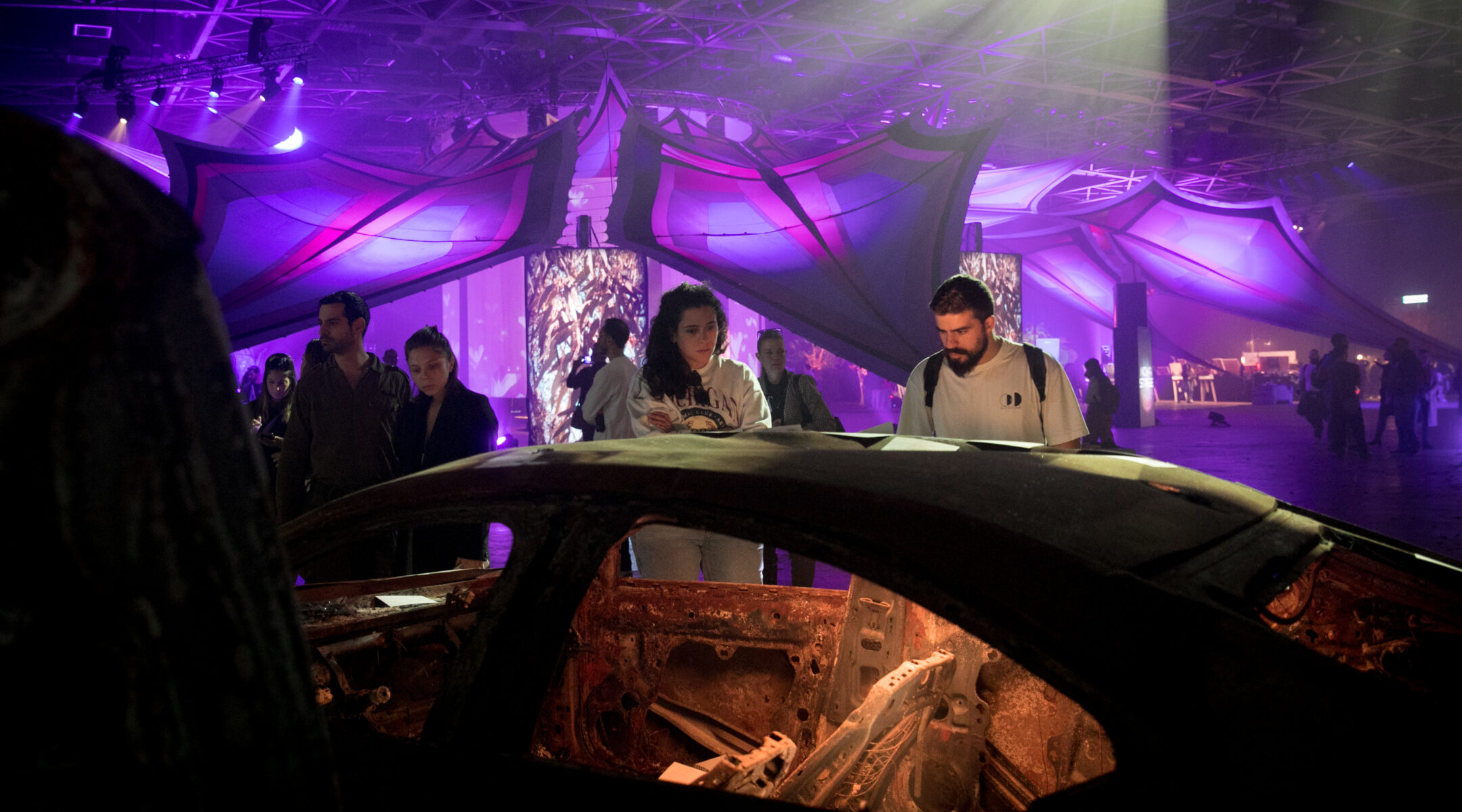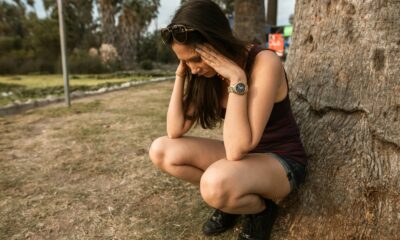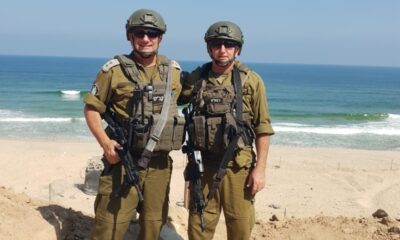
Israel

Tel Aviv exhibit recreates Nova massacre site
JTA – Daniel Ozeri found himself returning to the worst moments of his life on a recent Sunday, not inside his own mind, but inside a Tel Aviv convention centre.
Ozeri was in Expo Tel Aviv, a sprawling complex in the city’s north where the Nova music festival, which ended when Hamas attacked on 7 October, has been recreated in exacting detail.
At least 364 party-goers were murdered and 40 taken hostage at the festival on Kibbutz Re’im, which quickly became a powerful symbol of Israel’s loss. Ozeri, like so many others, spent hours running away with “bullets flying over your head”, losing his jewellery as he scrambled in a forested area near the festival site.
He said visiting the exhibit, with its incinerated cars, bullet-ridden portable toilets, and piles of personal items, wasn’t easy but felt essential.
“It really brings me back there and the horrific pain of that moment, but we have to return there to memorialise what happened and remember our friends who were killed there,” Ozeri said. Leaving the exhibit for some fresh air, Ozeri recalled in detail how he and his best friend escaped the festival grounds and survived, while some of his close friends and countless others with familiar faces from years of trance parties didn’t.
It’s a sombre experience that the organisers of the “6:29” exhibition – named for the moment the trance music stopped that morning as the sirens of incoming rockets blared – hope is being repeated often during its limited run.
“The idea of the memorial is to actualise what was at the event and where it stopped,” said Sarel Botavia, 26, one of the Nova festival producers who helped design the exhibit. “The exhibit expresses the distance between the love we’re trying to express and the hatred and massacre that occurred there.”
The exhibit, which charges a minimum donation of NIS 50, or roughly $13.75 (R256) to enter, is a fundraiser for the Nova community’s continued healing expenses and long-term vision. It aims to ensure that its legacy isn’t merely one of tragedy but of rebirth and survival.
It comes amid a wave of initiatives to support Nova survivors, including a therapeutic retreat in central Israel, as well as mounting concerns about whether they are getting all the help they desperately need.
Families from the festival community, who lack the geographic bonds of the kibbutzes attacked on 7 October, recently formed an association to argue that their needs were being neglected. Initially, the government provided some cash and psychological assistance for survivors and victims of the Nova and Psyduck festivals, but much of the healing expenses since have relied on civilian support. There is also anger in the Nova community over reports indicating that army intelligence in the early morning of 7 October regarding an imminent invasion could have been used to evacuate the festival hours before the onslaught began.
Against that backdrop, the exhibit and other efforts focused on the Nova massacre aim to make true a slogan that has been adopted by what is now being called the “Tribe of Nova”: “We’ll dance again.”
The message has sounded from the earliest days after 7 October, as members of the trance music community vowed not to let the attack by Hamas dampen their spirits forever. It has recently been boosted by survivors, including one who made a dance video from her wheelchair with social media influencer Montana Tucker. Mia Shem, a 26-year-old who had been abducted from the site and injured, unveiled a tattoo of the slogan after being freed.
It’s debatable whether walking through a detailed re-enactment is helpful to survivors and others. For some, being immersed in the sights and sounds of that day could trigger post-traumatic anxiety. But research also shows that exposure to the scene of trauma can be useful in post-traumatic counselling and recovery.
A psychiatrist who treated Nova survivors in the first few weeks after the tragedy told JTA that each response to trauma is different, and for some the exhibit can be healing. On a national level, the psychiatrist, who asked to remain anonymous, believes that there’s immense power in the Nova community being empowered to take control of its narrative in such a public forum.
Nova festival producer Nimrod Arnin, who lost his sister in the 7 October attack, said some survivors were choosing not to attend the event. It’s “intended to elevate consciousness in the Israeli public and raise funds”, Arnin said, and other than the exact re-enactment of the site, there are no noises of explosions or gunfire or displays of blood. Organisers have discouraged children from attending.
Visitors enter the darkly lit indoor hall and proceed into the “camping area”, with tents and other gear strewn across the floor and a game of backgammon in progress, as many fled the scene without time to assemble their belongings. Past the rows of tents lies the bathroom and parking area where the most gruesome evidence of the Hamas slaughter on site is found: a yellow portable toilet with 11 bullet holes, and destroyed cars that were towed from the festival site are stacked on top of each other, burnt beyond recognition.
In the centre of the reconstructed dance floor, shrouded by the colourful festival shade, a sombre visual projection shows angels rising on loop, representing the young lives tragically taken. On the periphery are sections dedicated to artistic tributes where visitors wrote hundreds of handwritten notes such as “Liron: you are in our hearts forever.”
An area with personal belongings is both an exhibit and an actual lost-and-found depo.
“We brought gear here for people to see and search for,” said volunteer Yael Finkelstein, who described two kinds of people collecting. “There are those who were at the party and survived and also families whose children were murdered looking through. There are people who want to throw out the gear, and others who really hold onto each item.”
Ozeri combed through the items, but said he had little hope of finding his own lost things. Still, he said, he was taking away from the exhibit a small reminder of the “true freedom and happiness” that trance parties bring, one that he vowed would be valuable one day.
“We’re not ready to dance again. It’s not the appropriate time as we’re still mourning all our friends and those whose whereabouts we don’t know,” he said. “There are things much more important than dancing now, but the time will come when all the captives are returned and we’ll win by dancing. And many people who have no relationship with trance festivals will join to commemorate our friends. If we don’t dance, it will be as if we allowed them to defeat us.”










